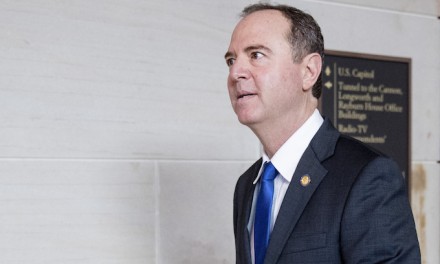Were the United States any other country, its bonds would have long ago been downgraded to junk.
Just like Greece and other profligate nations, the United States suffers from slow growth, indolence — an increasing number of able-bodied adults not working — and a ballooning government deficit to support them.
Entitlements and interest on the debt now consume more than two thirds of federal tax revenue. According to the Congressional Budget Office, those are on track to take it all by 2027.
Working Americans and businesses save a great deal but not nearly enough to finance both private investment in new homes and business expansion and the federal appetite for debt. Hence, we consume more than we produce by running a large annual trade deficit — $500 billion — and sell foreigners private assets — for example, choice real estate in New York — and government bonds to finance it.
Net of what Americans own abroad, private citizens and Uncle Sam have about $8.5 trillion in IOUs out to the rest of the world. That’s 45 percent of GDP, and that indebtedness should easily surpass 60 percent by 2027.
In recent years, no nation has seen its indebtedness reach that level without a reversal of its trade deficit — and often an accompanying financial crisis — as foreign investors lost confidence in its government’s ability to raise dollars to service its debt.
Of course, the dollar is the reserve currency — foreign central banks hold dollars and Treasuries to back up their currencies — and the United States, unlike other big debtor nations, can print dollars to service its debt.
That creates a false sense of security among politicians. For example, many Republicans talk about big tax cuts and ignore CBO scoring that would show those cuts would not pay for themselves with enough additional growth.
Substantially raising taxes would likely prove self-defeating too. More businesses and intellectual property would move offshore. GDP and tax revenue growth would slow, while payouts from federal benefits programs and foreign borrowing would rise even more quickly than currently projected.
Only stronger economic growth and curbing entitlements will get us out of this mess. Upcoming showdowns over Medicaid in efforts to replace Obamacare, to curb federal spending as part of a deal to raise the debt ceiling and to define targets for future spending in the FY2018 appropriation bills will truly reveal the Republican majority’s stomach for spending reform and courage to lead the country out of the fiscal wilderness.
Cooperation will be required from Democrats in the Senate, for example, to increase the debt ceiling and pass 2018 appropriation bills — or at least continuing resolutions. They will likely resist any cuts to entitlements. However, now that the Republicans control the Congress and the White House, they are in a position to win out in a government shutdown if they reach consensus among themselves about spending cuts and exercise party discipline.
Foreign central banks and investors do not have an infinite appetite for U.S. dollars and bonds. If the Congress and President Trump do not step up, the Treasury will be issuing many more new bonds over the next decade than foreign private investors and central banks will be inclined to absorb.
Internationally, interest-bearing Treasuries function much the same as currency — sitting in bank vaults, they back up deposits, serve as collateral for loans and derivatives and are accepted as payment for goods and debts.
Whether as Treasuries or currency, too many dollars in circulation will instigate inflation now that the global economy has recovered from the financial crisis.
Just the fear of inflation would cause investors to demand higher interest rates on virtually all dollar-denominated bonds issued by government agencies, banks and corporations.
As Washington continues to spend and borrow, the Treasury will have to offer much higher rates on new 20- and 30-year bonds, making comparable securities issued in 2017 and earlier worth less in the resale market.
That interest rate risk makes long-term U.S. Treasury securities lousy investments — they have no place in most retirement portfolios.
For rating agencies, Washington’s monopoly on printing dollars makes difficult the work of bond rating agencies, which assign grades between AAA and D on sovereign debt. U.S. Treasuries can’t default but investors’ capital is still at risk.
Perhaps a special grade: “F” — flee now before you get stuck.
• Peter Morici is an economist and business professor at the University of Maryland, and a national columnist.
© Copyright (c) 2017 News World Communications, Inc.
—-
This content is published through a licensing agreement with Acquire Media using its NewsEdge technology.



















Recent Comments